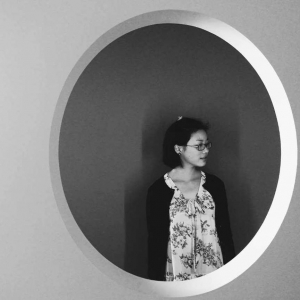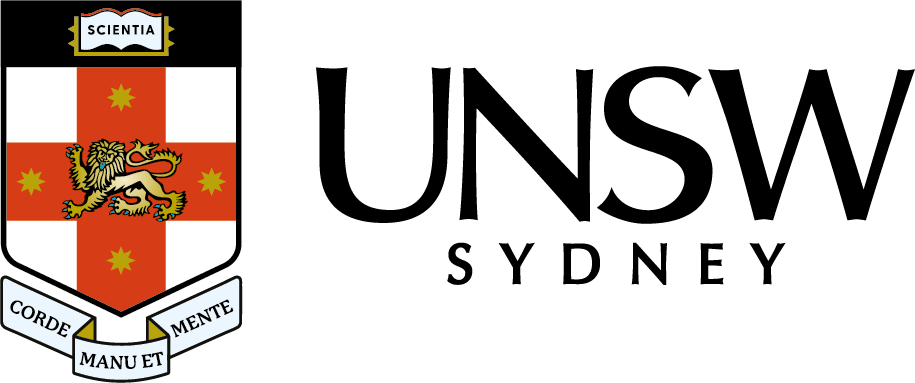Meet Sunny!

Do you know what a guzheng is? Collegium Musicum Choir soprano, and 4th year UNSW Engineering student, Sunny Fan, introduces us to this beautiful traditional Chinese instrument.
Transcript
Sunny Fan: I – that’s a very interesting question – umm…
Alex Siegers: You don’t have to study music to participate in the ensembles at UNSW. Sunny Fan is in her 4th year of her Bachelor of Materials Science & Engineering and has been singing soprano with the Collegium Musicum Choir since 2017.
SF: Yeah, so, I’ve always, kind of, been in choir, like through out my primary school and high school. So, when I got to uni I was told by a friend that – about this choir, so I just joined. And, as it happened, I met my best friend in uni at Collegium Choir, so I’m really happy about it.
What is your favourite choir memory?
SF: So, umm, I’ve actually been thinking about that, but I don’t think there’s, like, a special moment, but every time before we, kind of, go on stage to perform, I like how, like, everyone is really well dressed and everyone feels prepared and everyone is talking and having a nice chat. I think that’s really lovely.
What unites, or separates, music and science?
SF: I don’t feel like they’re separated that much. I remember in high school I actually wrote my – one of my essays on how, like, the different pitch, kind of, resonates and stuff like that. So, and because I’ve always, kind of, been doing it, it just feels quite natural to have those things together. And also, umm, since leaving high school, I’ve only been learning about, kind of, the maths/science part, so it’s really nice to have the music part alongside of that.
Do you play any other instruments?
SF: So I learned guzheng when I was in China, so from probably [age] 6 to around 12, and after I came to Australia I started a bit of piano. But, aah yeah, that kind of stopped. So I know a bit of piano but I still play guzheng sometimes.
SF: I think it’s been called the Chinese zither. So it has this wooden board and it has, usually, the modern day ones have 21 strings with bridges and you play the right part with the right hand and then you can press the string to make variations of the sound of the left side.
SF: The name of it, guzheng, the first part actually means ‘ancient’ and the second part more refers to the actual instrument.
